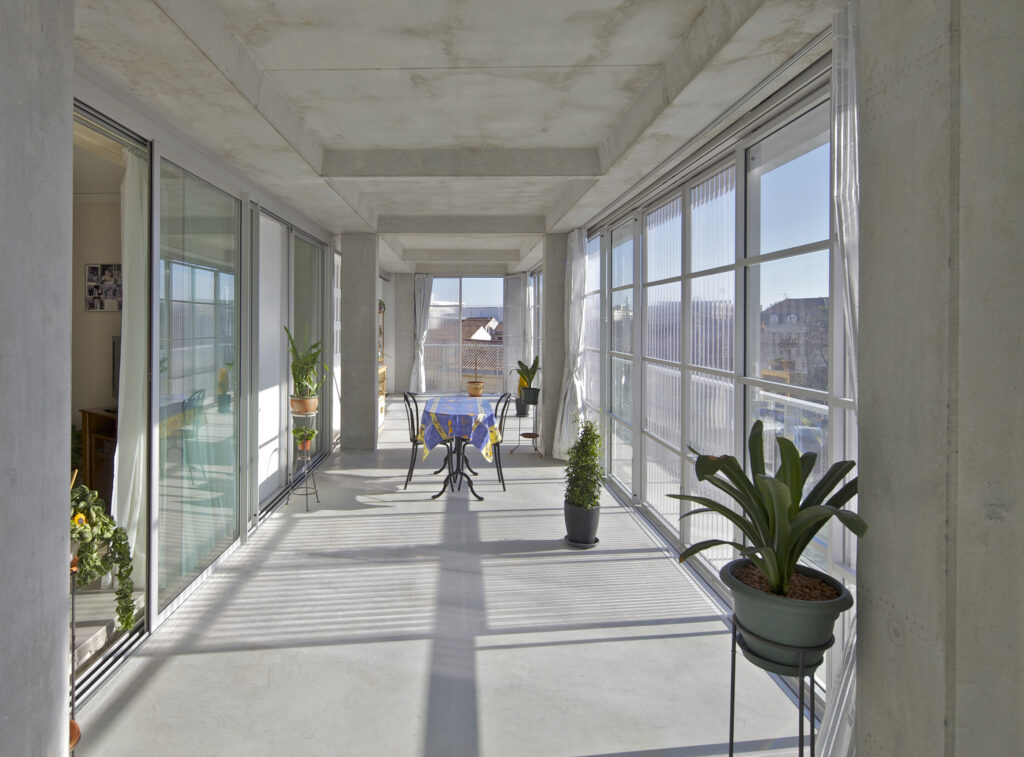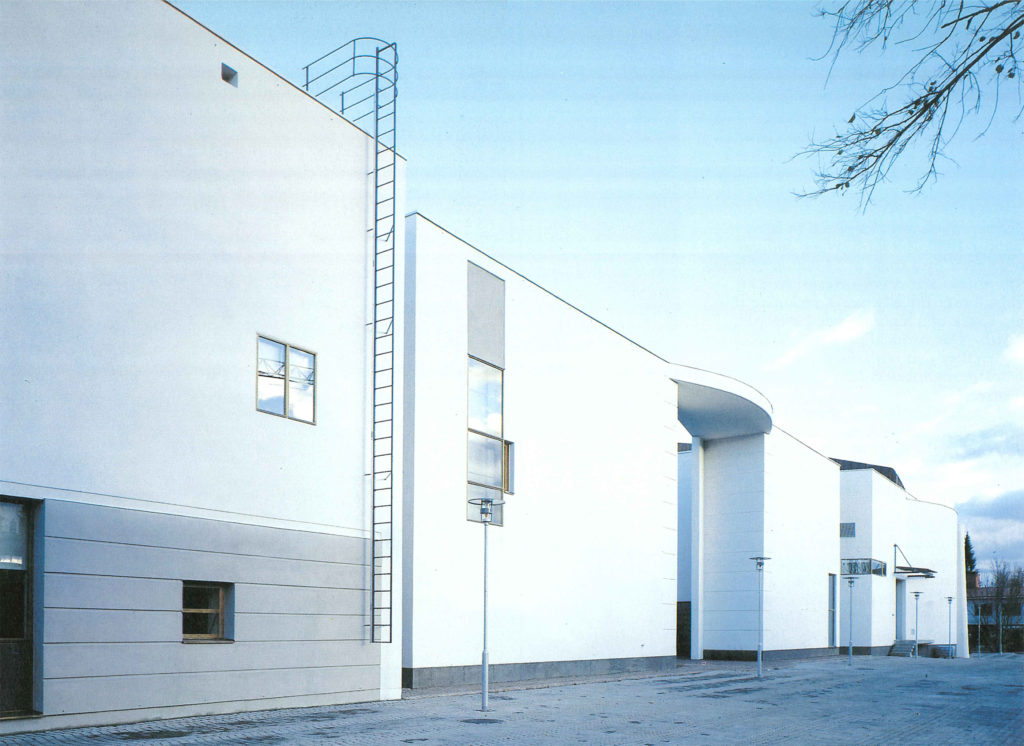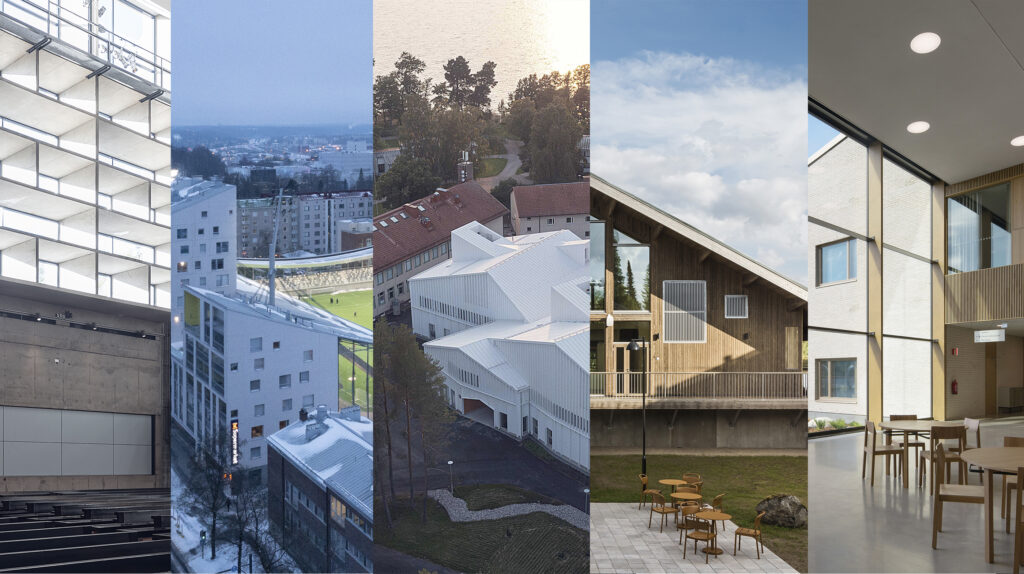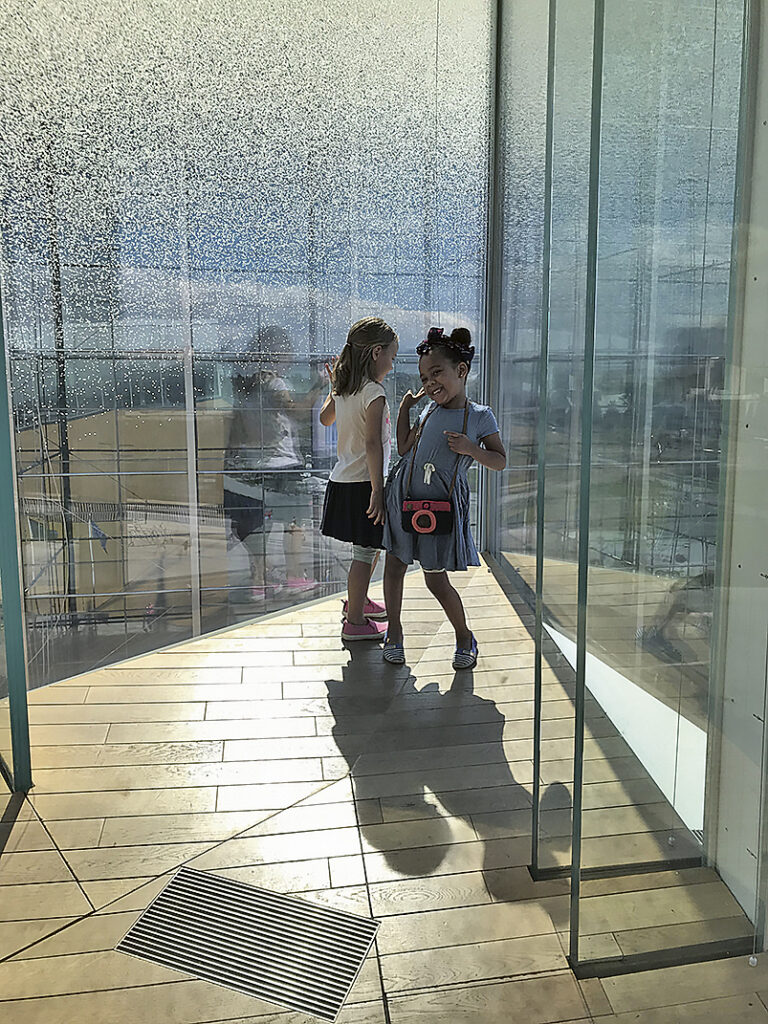Editorial 1/2021: Architecture at Year One

The publication of this issue marks one year since the Covid-19 pandemic struck, causing more upheaval than any other crisis we have known for many decades. Over the past 12 months, we have all had to adapt to new ways of living, working, exercising and enjoying our free time. Inevitably, we’ve also been treated to a series of predictions about the pandemic’s likely impact on architecture, some of which have been more worth reading than others. The future remains uncertain, and projected trends often seem to lead in opposite directions. Do people want to live in green garden cities or lead more urban lives, with services and amenities close by? Will we be turning our homes into remote working spaces, or will we miss the workplace social opportunities so much that we’ll eventually end up back at the office? Though many questions remain unanswered, one thing is certain, we will need to re-visit urban development and property strategies written pre-pandemic.
The global coronavirus pandemic serves to remind us that an unexpected crisis has the power to put us on a completely different course from what we had been expecting. You don’t need to reach all that far back in time to find other examples of this. Politicians and the media have repeatedly drawn comparisons between the current pandemic and the 1940s re-building effort, calling for people to pull together and show the sort of collective spirit that allowed us to recover from World War . You could also analyse this period through the prism of architecture and marvel at the sheer will and determination with which the profession stepped up to provide solutions to historic challenges. Our present crisis calls for different kinds of remedies entirely, but creative problem solvers are what’s still needed.
The global coronavirus pandemic serves to remind us that an unexpected crisis has the power to put us on a completely different course from what we had been expecting.
The past crises may also serve as a warning against short-sighted thinking. The strict new building regulations and insulation grants announced following the 1970s oil crisis, for example, are known to have led to irreparable damage to both new builds and historic properties. We cannot afford a repeat of these mistakes, not even in the name of climate change action.
It is also worthwhile considering what aesthetic and stylistic impact the coronavirus pandemic might ultimately come to have on architecture. Based on our experience of previous crises, we know that resource scarcity often leads to a more pared down aesthetic. An excellent example of this is the economic crisis that followed World War , when Baroque Revival had to make way for Neo Classicism’s more pared down aesthetic. Similarly, the recession in the 1990s led to calls for a “clean slate” and an “architecture of silence”. But progress in these matters rarely happens in a neat and predictable fashion. In the 1940s, wartime shortages lent fresh impetus to the Romantic tendencies that had been bubbling under mainstream architecture’s surface, while the 1970s economic downturn drove the emergence of place-specific, small-scale designs in response to the bleakness of the prevailing industrial rationalism.
In other words, it will be years before the tangible impacts of the current epidemic will become visible to us. However, some indications of where we might be headed could be gleaned from the kind of projects that our colleagues our currently working on. In this issue, we have chosen to present a series of designs from the past year. Some of them may never see the light of day, while others will ultimately be built into bricks and mortar structures. Afterwards, we will be able to assess which of these ideas are a product of the past and which represent a new post-crisis architecture. Or will the answers actually be found in an entirely new and different direction, one that we cannot as yet envisage? The buildings featured in this issue all represent high-quality everyday architecture. Against the backdrop of our current crisis, thoughtfully conceived kindergartens, educational buildings, homes and supported living facilities remind us of architecture’s most fundamental purpose; providing shelter when the familiar settings in which we spend our lives suddenly start to seem frightening, dangerous even.
This current issue of the Finnish Architectural Review marks the first of my tenure as editor. As I read my way through the back catalogue recently, I couldn’t help but be inspired by the sheer enthusiasm my fellow architects have shown over a hundred years in addressing important, topical issues from urban planning to housing quality and conservation. Importantly, these actions have brought genuine results. One of the most exciting developments in recent years has been the increasingly vocal stand our profession has been taking on the quality of the environments that we design and build. In the current issue, we’ve chosen to highlight a recent example of this, a new book by a group of Finnish conservation and built heritage professionals that takes a critical look at current Helsinki planning policy. At the Finnish Architectural Review, we will continue to offer a platform for precisely this type of engagement in the future. ↙




